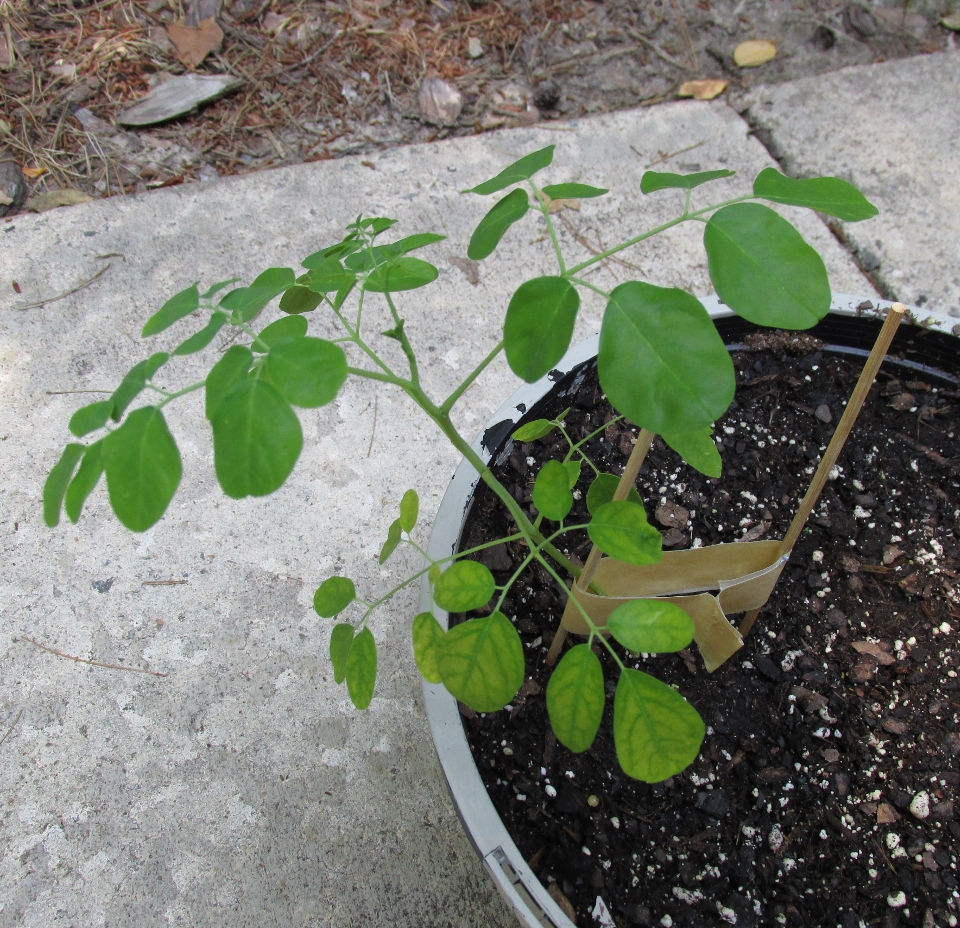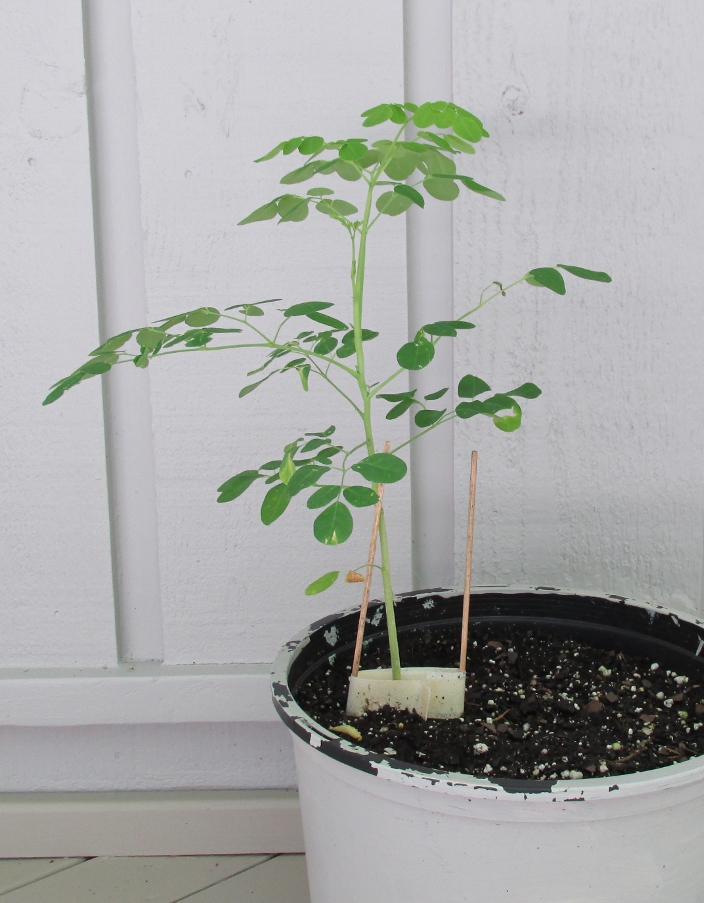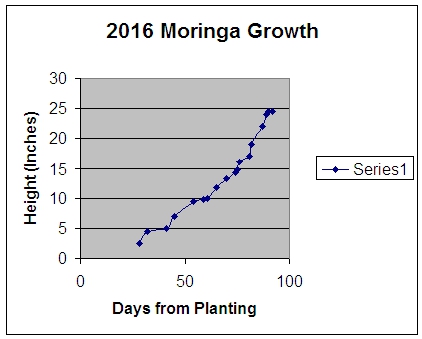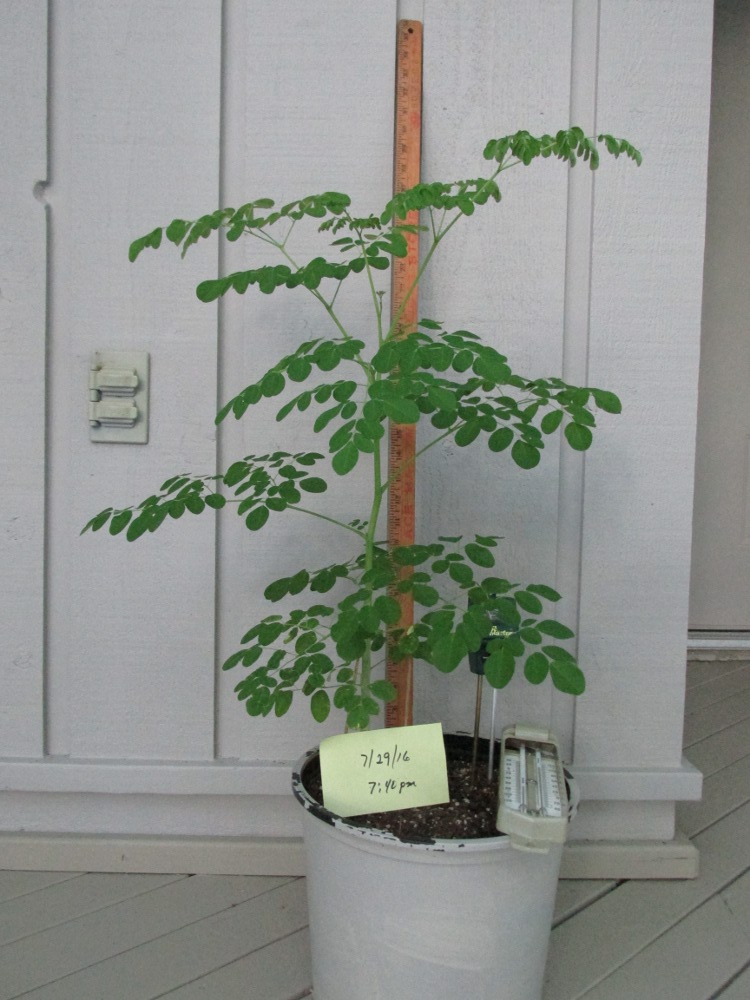|
IPRS, Inc.
|
|
|
Mineral Sources Imbalances Mineral imbalances once detected may be corrected by adding mineral-rich foods to one's diet and/or supplementing one's diet with pills. Supplementation with pills often meets with cultural and economic barriers. Likewise adding mineral-rich foods may be difficult in some parts of the world where food options are limited to locally grown food. The alternative to supplementation is to provide a guide to natural sources of magnesium such as from plants and plant products. To this end, IPRS is studying plants that are rich in minerals. One such plant is the Moringa sp. which grows in parts of Africa and India. It is known among some indigenous people as the "tree of life" because of its nutritional value and other uses. Studies on growth in other areas outside of its native environs are limited and the mineral content is not well characterized under differing conditions. Thus, we undertook to grow the Moringa at our location in North Carolina so that we could observe the growth under controlled conditions, conduct a full nutrient analysis and determine whether we could collect seeds for subsequent use. We started with seeds provided by the ECHO group based in North Fort Myers, Florida* that provides guidance on sustainable agriculture throughout the world. We observed that in soil supplemented with commercial fertilizer (Miracle-Gro(R)), the growth was initially good but yellowing of leaves occurred. This was corrected following the addition of Mg in the form of Epsom salts (MgSO4 -hydrated) to the soil. See the before and after pictures below and the growth curve. Seeds were planted in April and the one surviving plant grew throughout the summer. The plant grew in partial sun in temperatures ranging generally between 50 and 90 deg. F.
Note the discoloration of lower leaves in the first picture. It has been mostly resolved by addition of Mg within a few days as seen below.
*North Fort Myers, FL 33917 | 239.543.3246 | info@echonet.org For additional details on Moringa see for example: http://echonet.org/moringa/ Note that Mg is an essential part of the structure of the green pigment in plants, chlorophyll. Thus, a Mg shortage in the soil or water for the plant is critical for the plant to capture energy from the sun and convert it into energy-rich carbons compounds that can be used by animals. This is in addition to the requirement for Mg to play a role in biochemical reactions necessary for all living organisms, plants and animals. Progress in growth of the Moringa tree at day 92 is indicated below.
------------------------------------------------
© 2013 - 2024, All Rights Reserved, IPRS Inc. |




